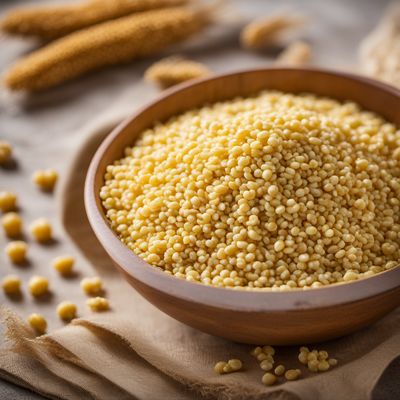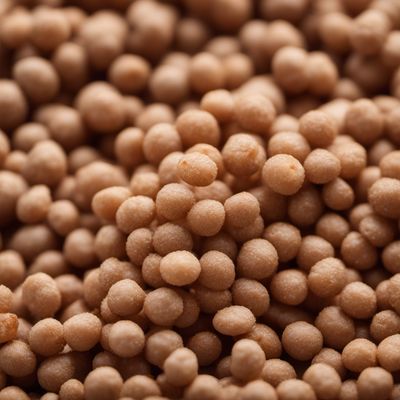
Ingredient
Bulgur
"The Nutrient-Rich Grain: Bulgur - A Staple in Middle Eastern Cuisine"
Bulgur is a whole grain made from cracked wheat kernels that have been parboiled and dried. It has a light brown color and a coarse texture, with a nutty and earthy flavor. When cooked, it retains a pleasant chewiness, making it a popular choice for salads, pilafs, and stuffings. Its versatility allows it to be used in both savory and sweet dishes, adding a wholesome and hearty element to meals.
Origins and history
Originating in the Mediterranean and Middle Eastern regions, bulgur has been a staple in the diets of these cultures for centuries. It has been traced back to ancient civilizations such as the Babylonians and Egyptians, who valued its long shelf life and nutritional benefits. Bulgur gained popularity due to its affordability, ease of preparation, and ability to provide sustenance in times of scarcity.
Nutritional information
Bulgur is a nutrient-dense ingredient, rich in fiber, protein, vitamins, and minerals. It is a good source of manganese, magnesium, iron, and B vitamins. A 1-cup serving of cooked bulgur provides approximately 150 calories, 6 grams of fiber, and 5 grams of protein.
Allergens
Bulgur contains gluten, making it unsuitable for individuals with gluten intolerance or celiac disease.
How to select
When selecting bulgur, look for packages that are tightly sealed and free from moisture or signs of insect infestation. Opt for bulgur with a consistent size and color, as this indicates uniform cooking. Additionally, choose organic or whole grain bulgur for maximum nutritional benefits.
Storage recommendations
Store bulgur in an airtight container in a cool, dry place, away from direct sunlight. Properly stored, it can maintain its freshness for up to a year.
How to produce
While it is not feasible for amateurs to produce bulgur at home due to the complex process of parboiling and drying, it can be made by soaking cracked wheat kernels in water, then partially cooking and drying them before further processing.
Preparation tips
To prepare bulgur, simply combine it with boiling water or broth in a 1:2 ratio, cover, and let it sit for about 15-20 minutes until the liquid is absorbed and the grains are tender. Fluff with a fork before using. For added flavor, toast the bulgur in a dry skillet before cooking. Bulgur can be used as a base for salads, added to soups, stews, or used as a stuffing for vegetables.
Substitutions
Quinoa or couscous can be used as substitutes for bulgur in recipes, although they have slightly different textures and flavors.
Culinary uses
Bulgur is commonly used in Middle Eastern dishes such as tabbouleh, kibbeh, and pilafs. It can also be used as a filling for stuffed vegetables or added to soups and stews for added texture and nutrition.
Availability
Bulgur is commonly available in Middle Eastern markets, health food stores, and well-stocked supermarkets worldwide.
More ingredients from this category
Recipes using Bulgur » Browse all

Kubbah Safarjalīyah with a Twist
Savor the Flavors of Syria: Kubbah Safarjalīyah with a Modern Twist

Kubbah Hāmḍa with a Twist
Savory Syrian Delight: Kubbah Hāmḍa Reinvented
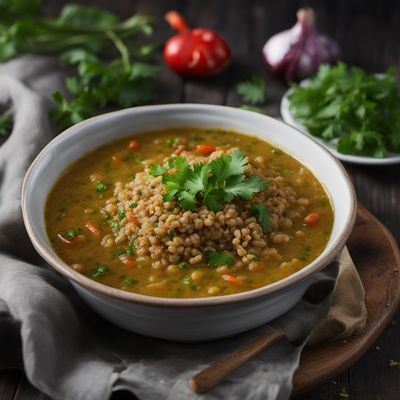
Traditional Georgian Kinche
Savory Georgian Bulgur Pilaf

Lebanese Tomato and Bulgur Pilaf
Savory Tomato Bulgur Delight
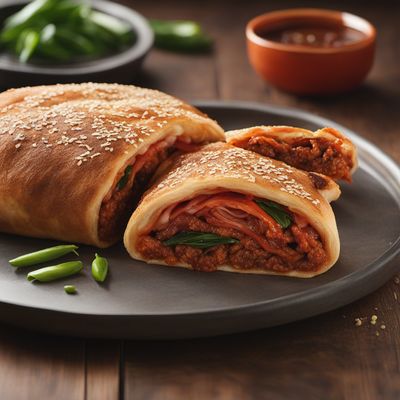
Stromboli with a Korean Twist
Kimchi and Bulgogi Stromboli: A Fusion of Italian and Korean Flavors
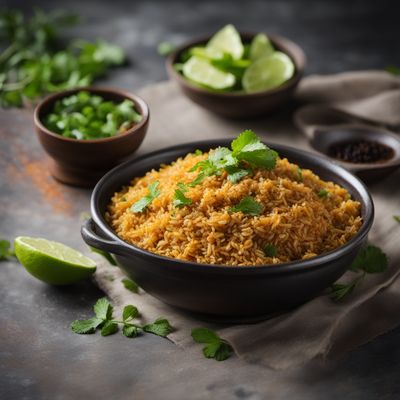
Cambodian-style Bulgur Pilavı
Khmer-Inspired Bulgur Pilavı: A Fusion of Turkish and Cambodian Flavors
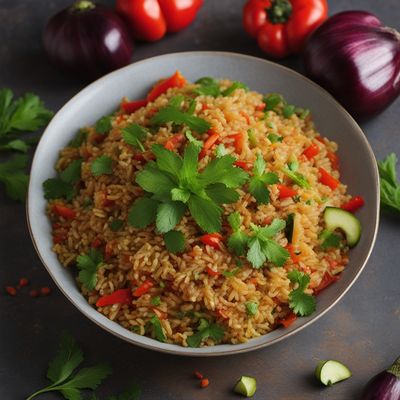
Bulgur Pilaf with Roasted Vegetables
Savory Delight: Roasted Vegetable Bulgur Pilaf
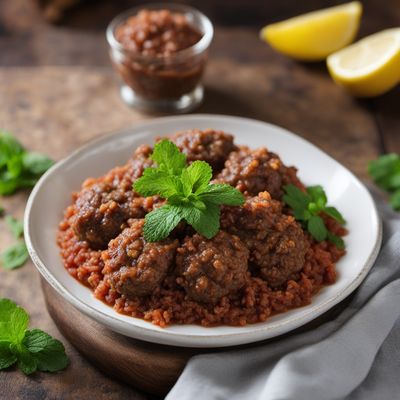
Kubbah Labanīyah with a Twist
Creamy Delight: A Modern Twist on Syrian Kubbah Labanīyah
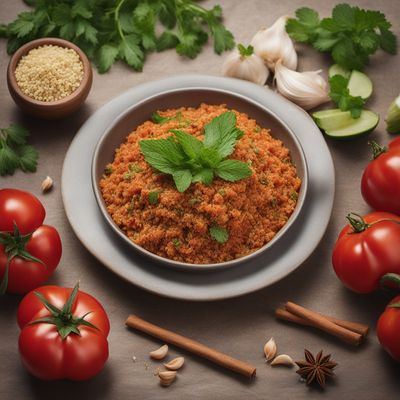
Fast Food Burghul Banadoura
Savory Tomato and Bulgur Fast Food Delight

Turkish-style Bibimbap
Istanbul Delight: Turkish-inspired Bibimbap

Ezogelin Soup
Hearty Red Lentil and Bulgur Soup: A Turkish Delight
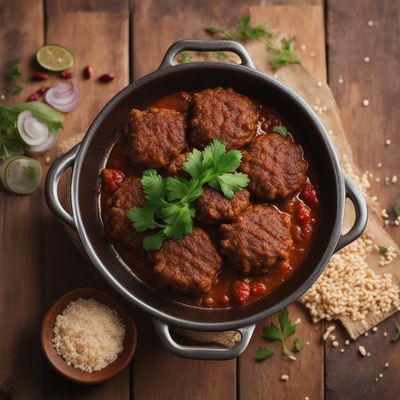
Içli Köfte - Turkish Stuffed Bulgur Dumplings
Savory Delights: Turkish Içli Köfte - A Burst of Flavor in Every Bite


